
- Share via
SAN DIEGO — Twenty years ago, San Diego had a rare moment in the Hollywood spotlight. The seafaring adventure “Master and Commander: The Far Side of the World” premiered here, complete with klieg lights, red carpets, TV cameras, and an appearance by the film’s swashbuckling star, Russell Crowe.
The Nov. 9, 2003, event was held on Broadway Pier, which was transformed into a giant outdoor theater for 600 invitation-only guests. Serving as a dramatic backdrop was another of the movie’s key players: the tall ship HMS Surprise, its sails billowing in the breeze.
This story is for subscribers
We offer subscribers exclusive access to our best journalism.
Thank you for your support.
All the hoopla quickly faded — Crowe didn’t even stick around that night to watch the whole movie — but not the HMS Surprise. The replica 18th century British warship has become a fixture on the city’s waterfront, a key part of the Maritime Museum’s collection of ships.
Now there’s a new book that tells the little-known story of how the Surprise came to San Diego in the first place. It was sailed here by a ragtag crew of misfits from Newport, R.I., through an Atlantic storm that dismasted the ship and threatened to sink it, then through the Panama Canal and up the coast of Central America, dodging pirates.

“All Hands on Deck” was written by Will Sofrin, a yacht racer and wooden-boat builder who was one of 30 crew members hired to handle the 6,000-mile voyage. In his retelling, the trip is like something from the Age of Sail, when tall ships explored the world, opened trade routes and waged war.
In a recent phone interview, Sofrin said a certain exhilarating mystique surrounds tall ships, even among veteran sailors, but the nostalgia often masks how brutal and dangerous life on board can be. He and his crew mates encountered 30-foot waves, hurricane-force winds, tiny cots, cold showers and almost no days off.
People can get lost out there amid all that rigging, emotionally if not geographically, but sometimes the opposite is true. They find themselves, too. That’s what happened to Sofrin.
He always knew sailing the ship to California “was a special, once-in-a-lifetime kind of experience,” he writes near the end of his book, which is part adventure-tale, part tall-ship history, part coming-of-age memoir. “But it took me two decades to truly understand what I got out of it.”
First impressions
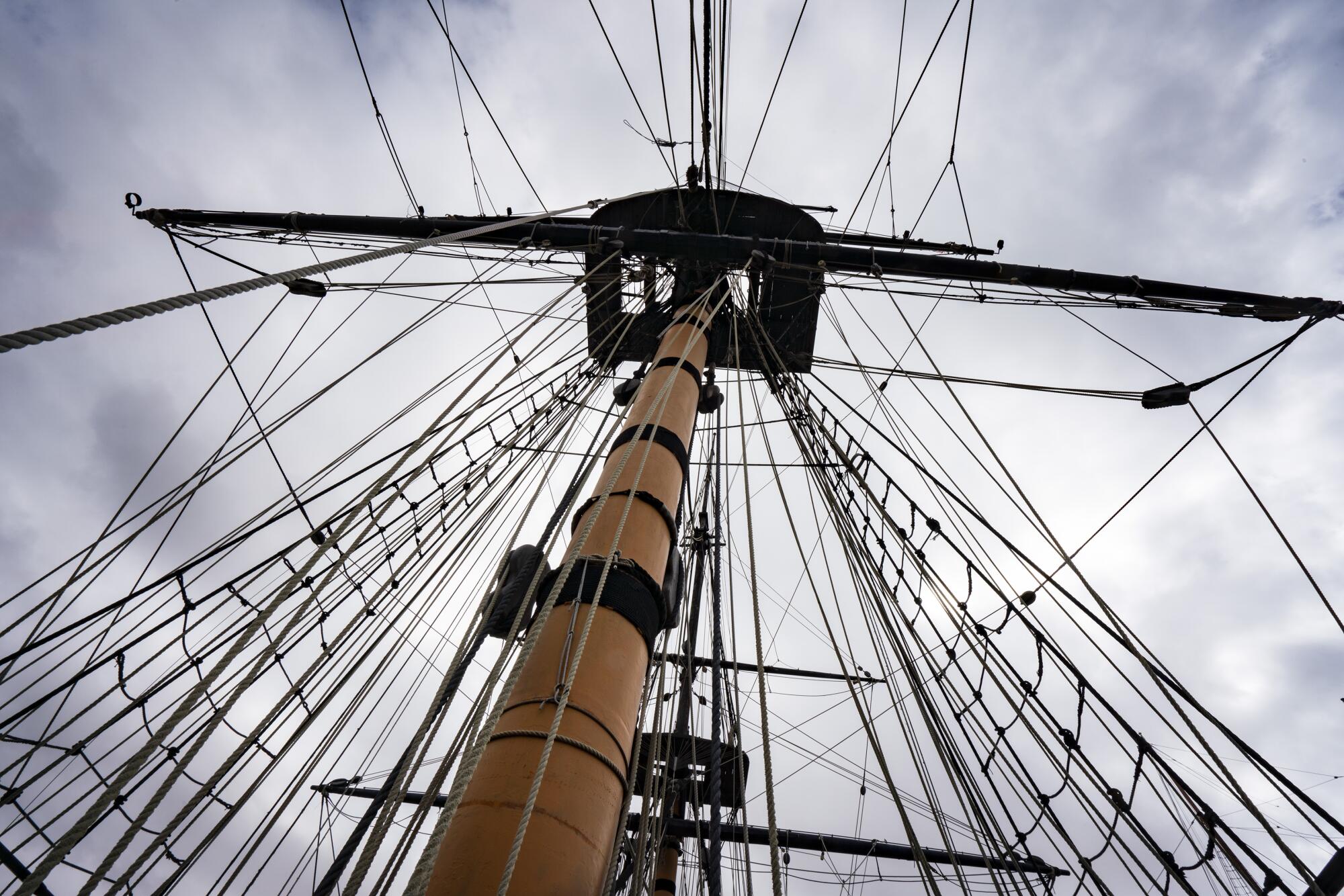
Sofrin, 42, grew up in Connecticut and discovered sailing when he was 17. It came at an opportune time.
He’d been struggling in school and at home, trying to adjust to his parents’ divorce and his mother’s second marriage. Looking for any way to escape, he sometimes turned to alcohol and drugs.
Then his stepfather bought a small boat for them to repair and sail. “We had no idea what we were doing,” he writes, “but I loved every second of it.”
After high school, he did an apprenticeship at the International Yacht Restoration School in Newport, “the Harvard of the boat-building world.” He parlayed that into sailing jobs on yachts, and then to a spot on a racer participating in the America’s Cup Jubilee in Europe in 2001.
When that ended, shortly after 9/11, he came back to Newport with no job, no money and no place to live. A friend put him up and then steered him to daywork on board a tall ship, the Rose, which was bigger than anything else in the harbor: 179 feet long, 30 feet wide, 500 tons. One of its three masts topped out at 130 feet, the height of a 13-story building.
The ship, modeled on a British frigate that saw action during the American Revolutionary War, was built in 1969 for $300,000. It had fallen into disrepair by the time Sofrin climbed aboard for a tour. He was not impressed.
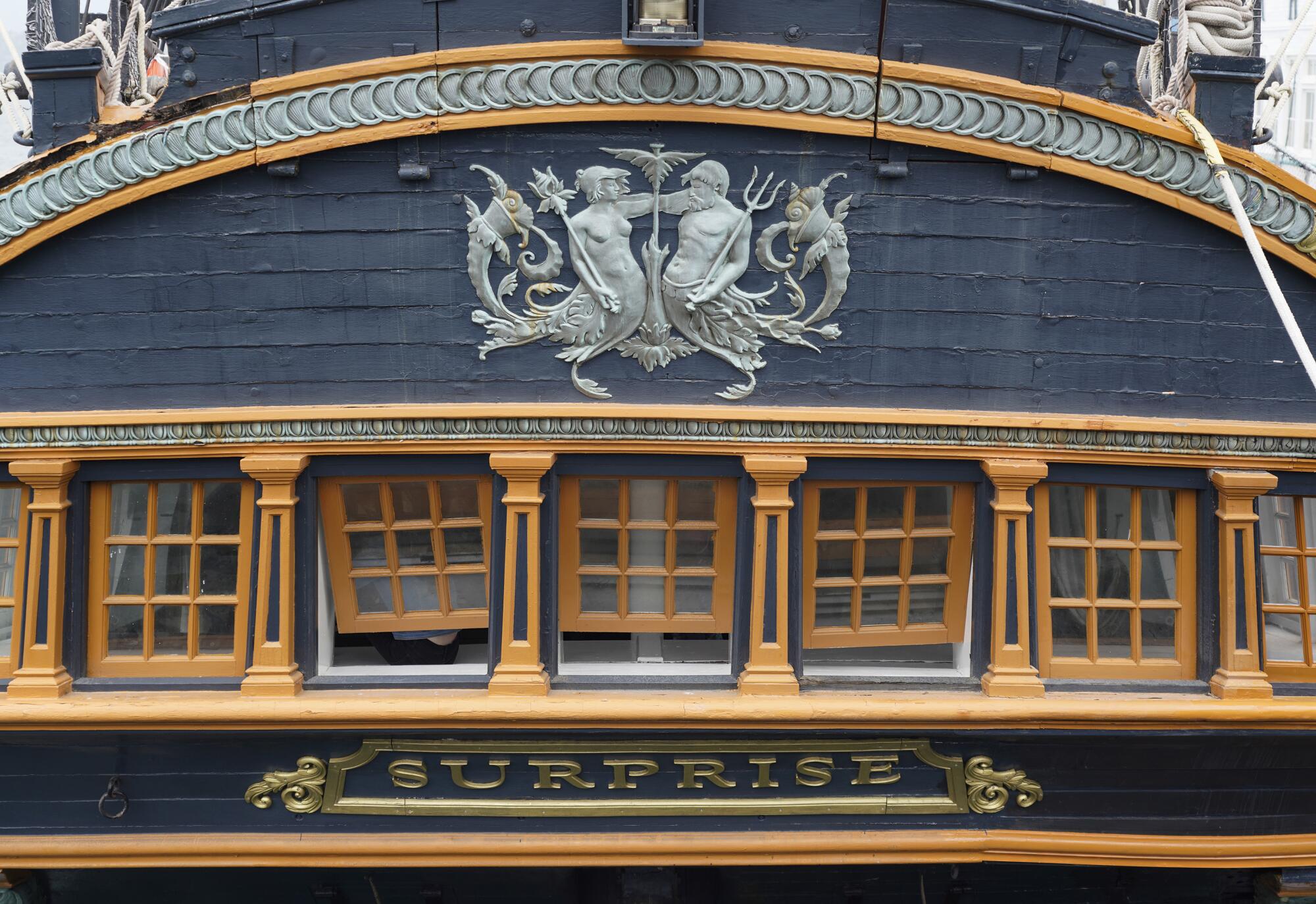
“Aging layers of paint were flaking off her pockmarked sides like the bark of a sycamore, accentuating the countless streaks of rust drizzling down her hull from the aging iron nails holding her together,” he writes. “The cluttered deck looked like the donation bin at a Salvation Army.”
Outfitted originally as a dockside bar and restaurant, the ship struggled to make money and eventually was sold to a foundation that used it as a sailing school. Then it was bought for $1.5 million by 20th Century Fox so it could be turned into HMS Surprise and used in the filming of “Master and Commander.”
For several months, Sofrin helped get the ship ready for its voyage to San Diego. Then he agreed to stay on for the trip, but only after wrangling a job for a friend, too. The pay: $190 a week.
The crew was a colorful lot, some of them tall-ship junkies and others new to sailing. They didn’t always get along. But, as Sofrin details in the book, their lives depended on them working together.
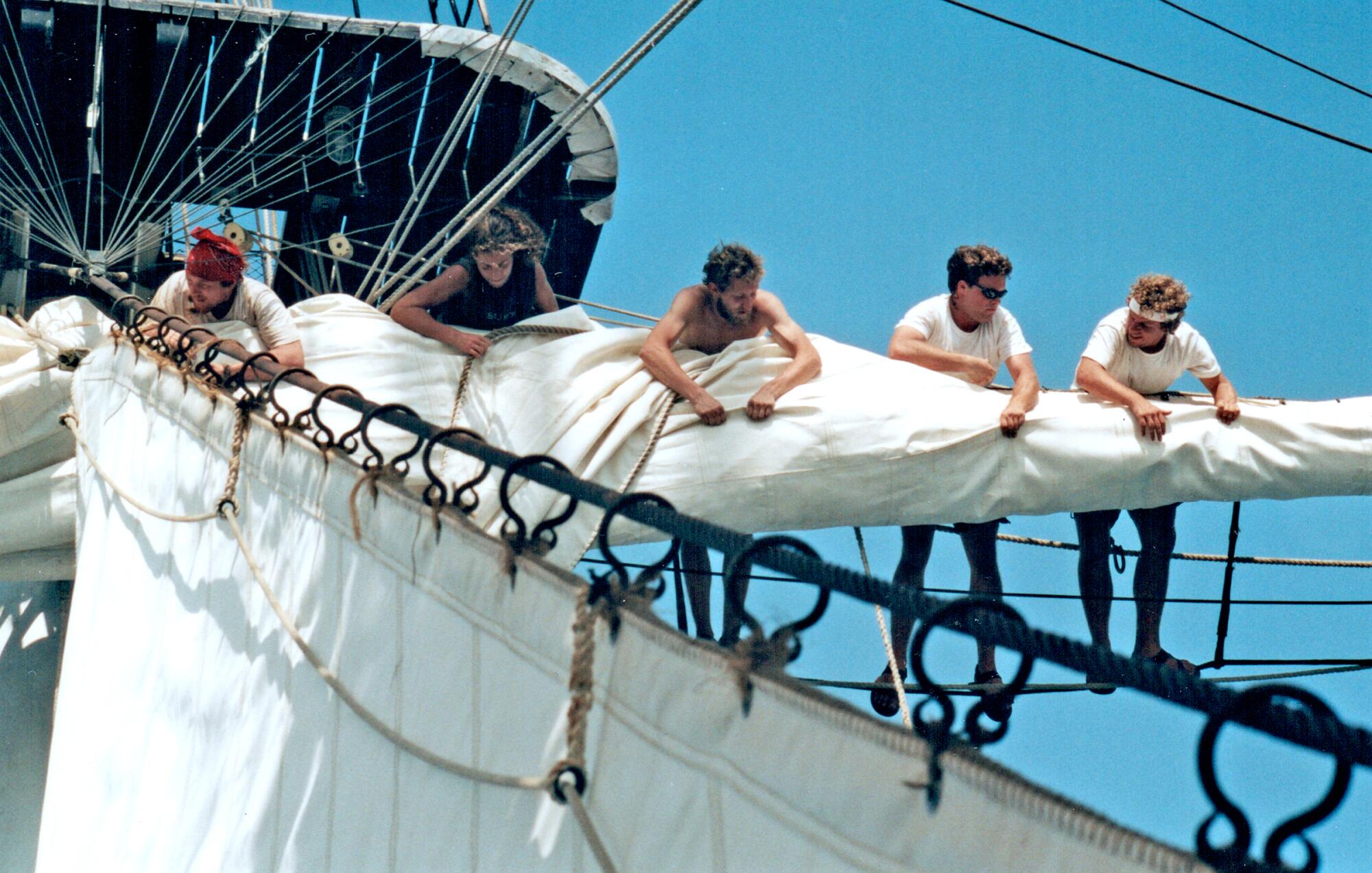

They set out on Jan. 10, 2002. Early on, with Rose at full sail, Sofrin came to understood the allure of tall ships.
“I loved being out in the open ocean and the feeling of nature driving us to our destination. The rush of adrenaline was intoxicating ... standing there on deck, I kept thinking that this was the real stuff, like surfing a wave at Mavericks or helicopter skiing in the French Alps during avalanche season.”
Then the weather turned bad, and things on board started breaking. The bow leaked badly, soaking sleeping quarters. A toilet dislodged, filling parts of the ship with the smell of human waste. By the end of the trip, crew members had adopted the name of a 1976 movie as their own: “Voyage of the Damned.”
Out near the “Graveyard of the Atlantic,” a place where an estimated 5,000 ships have gone down in 500 years, a howling storm loosened one of the sails. Sofrin was sent 50 feet up to fix it, the mast lurching like “a metronome that couldn’t keep a rhythm.”
Back on the deck, another crew member filmed him — for insurance purposes, he was told later, in case he fell.
Lessons learned
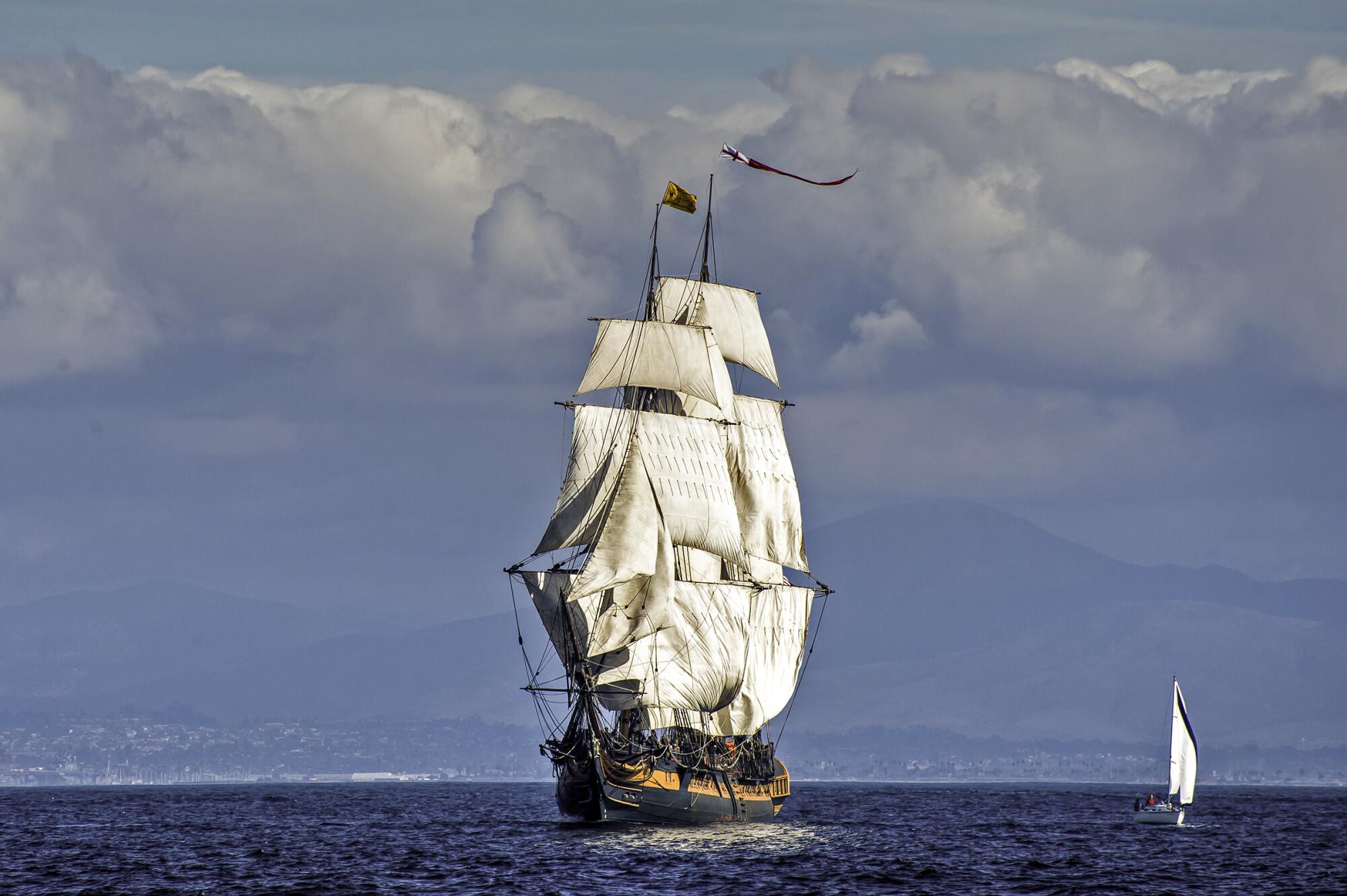
On Feb. 15, 2002, 36 days after departing Newport, they arrived in San Diego. The Rose was taken to a boat yard on Shelter Island and modified to more closely resemble HMS Surprise, a Royal Navy 24-gun frigate captained by Jack Aubrey (Crowe) in “Master and Commander.”
Much of the filming took place at a studio in Rosarito Beach, in the same massive water tank used to make “Titanic” six years earlier. Other shots were taken at sea on board the Surprise.
Sofrin worked on the retrofit in San Diego, and then helped sail the ship to Ensenada, but he left before the filming started. When the movie premiered in San Diego, he was sailing a schooner to the Caribbean. He didn’t see the film until it came out on DVD a year later. By then, it had won two Oscars, for cinematography and sound editing.
The Surprise, meanwhile, was sold to the Maritime Museum for an undisclosed amount in 2004. Officials credited it with helping to boost attendance 50% that year.

“People like this ship, and it’s not just because of the movie,” the museum’s executive director, Ray Ashley, said at the time. “An 18th century warship seems to have a particular allure.”
Part of the sale included making the ship available for other movie productions. It was used in “Pirates of the Caribbean: On Stranger Tides,” which was filmed off San Pedro and premiered in May 2011.
At the museum, it’s anchored between the collection’s most famous attraction, the Star of India, and the ferryboat Berkeley. On board are items from “Master and Commander,” as well as a bell that speaks to the ship’s origins: It has “Rose” engraved on it.
After working through his 20s as a professional sailor and captain, Sofrin shifted to a “land-based career,” consulting on historic home renovations and building custom furniture. He and his wife, a pediatrician, have a young daughter and are moving soon from Sherman Oaks to Santa Barbara.
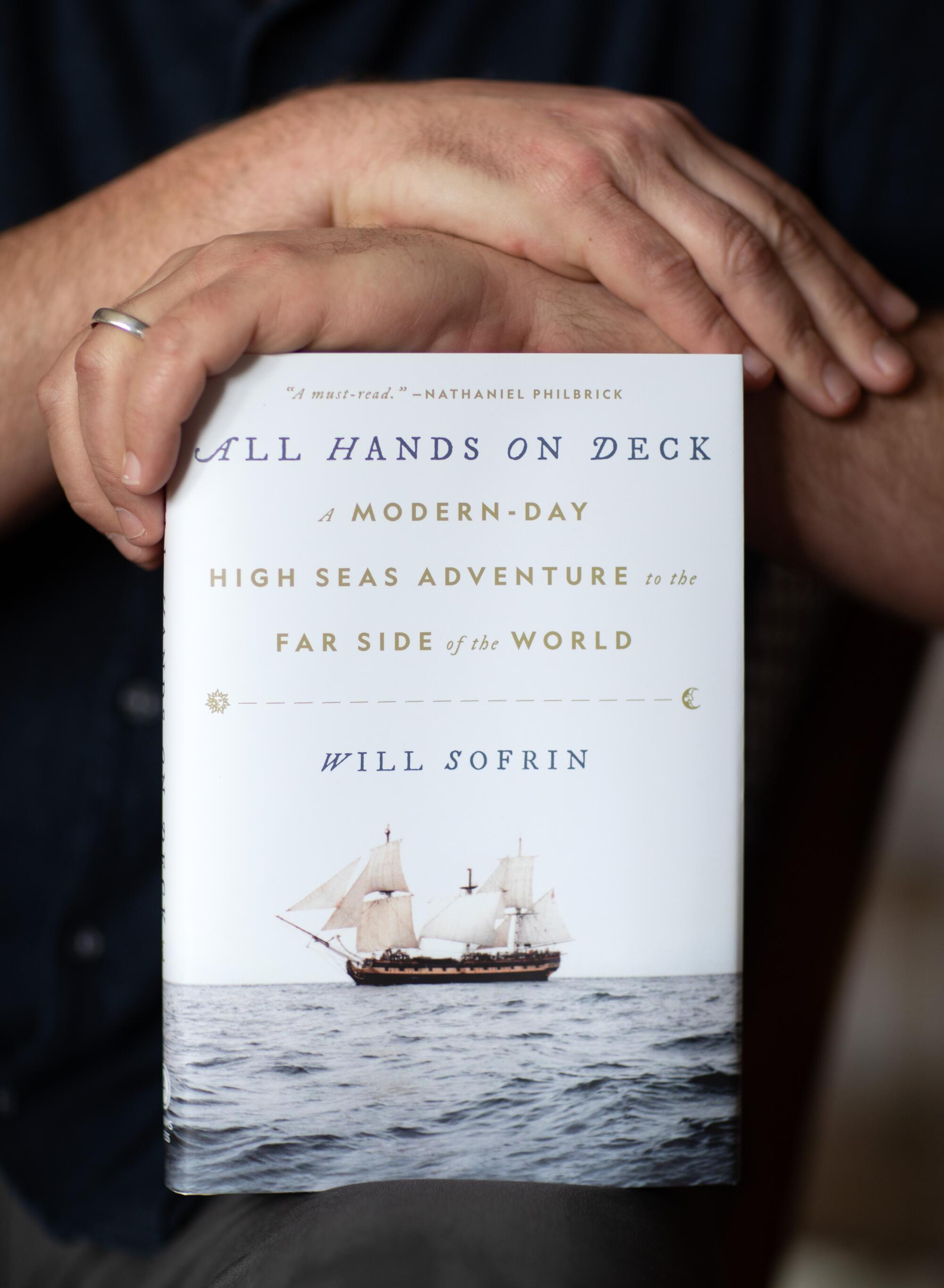
He decided to write the book about four years ago, after a friend at a New Year’s Eve party asked him to regale the other guests with tales from the voyage. He saw it as a way to inspire people — he said he had his daughter firmly in mind — to pursue their own adventures, no matter how unconventional.
Interviewing the ship’s captain, who still had the logbook from the trip, helped refresh his memories. So did crew members who had kept journals, which they showed him. Others had taken photos or videos during the trip, and they shared those with Sofrin, too.
Research also included trips to San Diego so he could prowl around the Surprise, taking measurements for diagrams used to illustrate the book, and reading about life on board ships during the 18th and early 19th centuries. Among the novels he read were those by Patrick O’Brian, whose work was the source material for “Master and Commander.”
Sofrin said writing “All Hands on Deck” reminded him of lessons he learned while sailing the tall ship to San Diego — what it means to be a leader, the importance of everyone working together, the confidence that comes from overcoming adversity.
“The only way out is through,” he said. “Sometimes you just have to roll up your sleeves and get it done.”
His book tour includes a May 3 appearance at the Southwestern Yacht Club in San Diego.
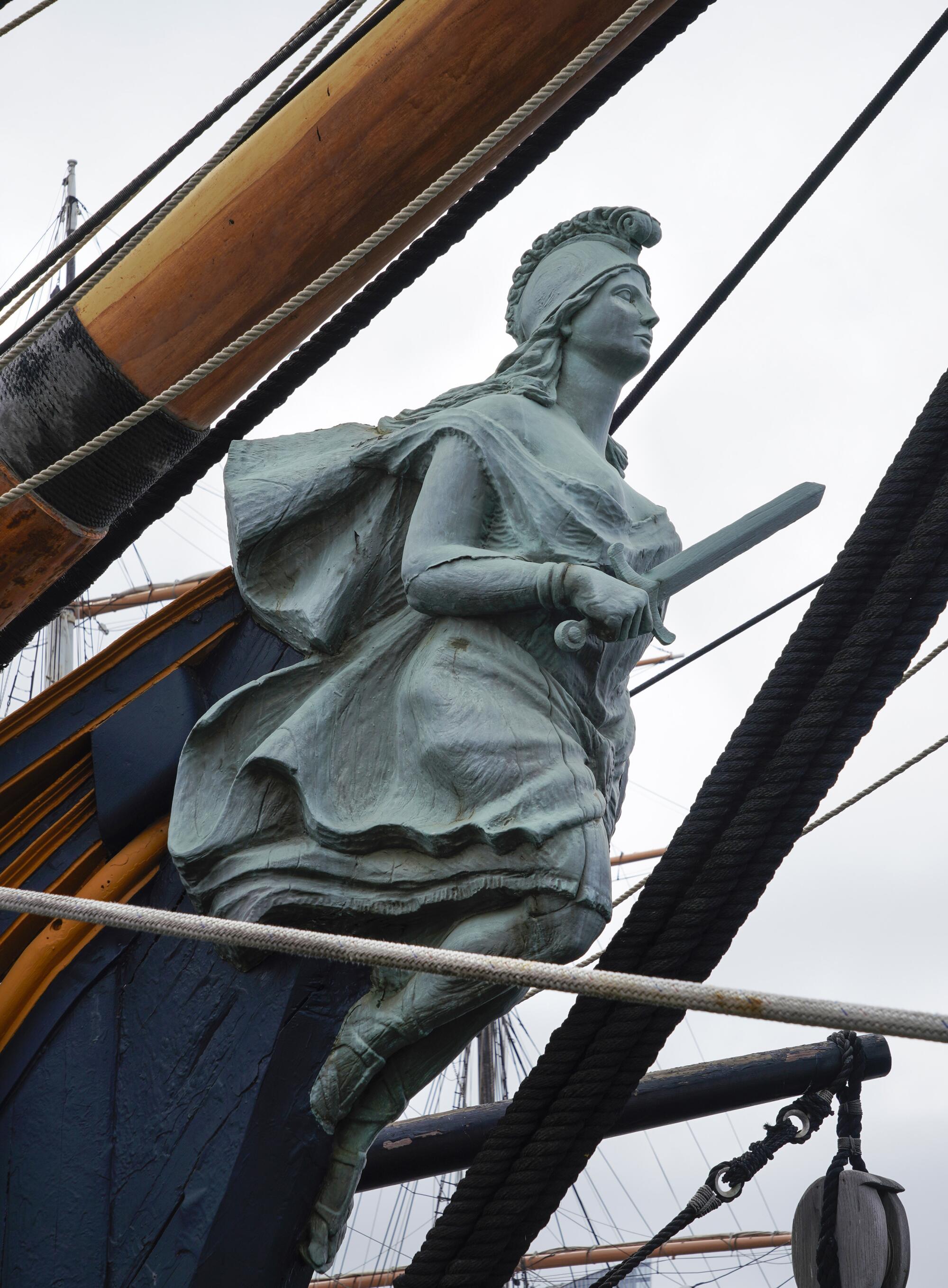
More to Read
Sign up for Essential California
The most important California stories and recommendations in your inbox every morning.
You may occasionally receive promotional content from the Los Angeles Times.














